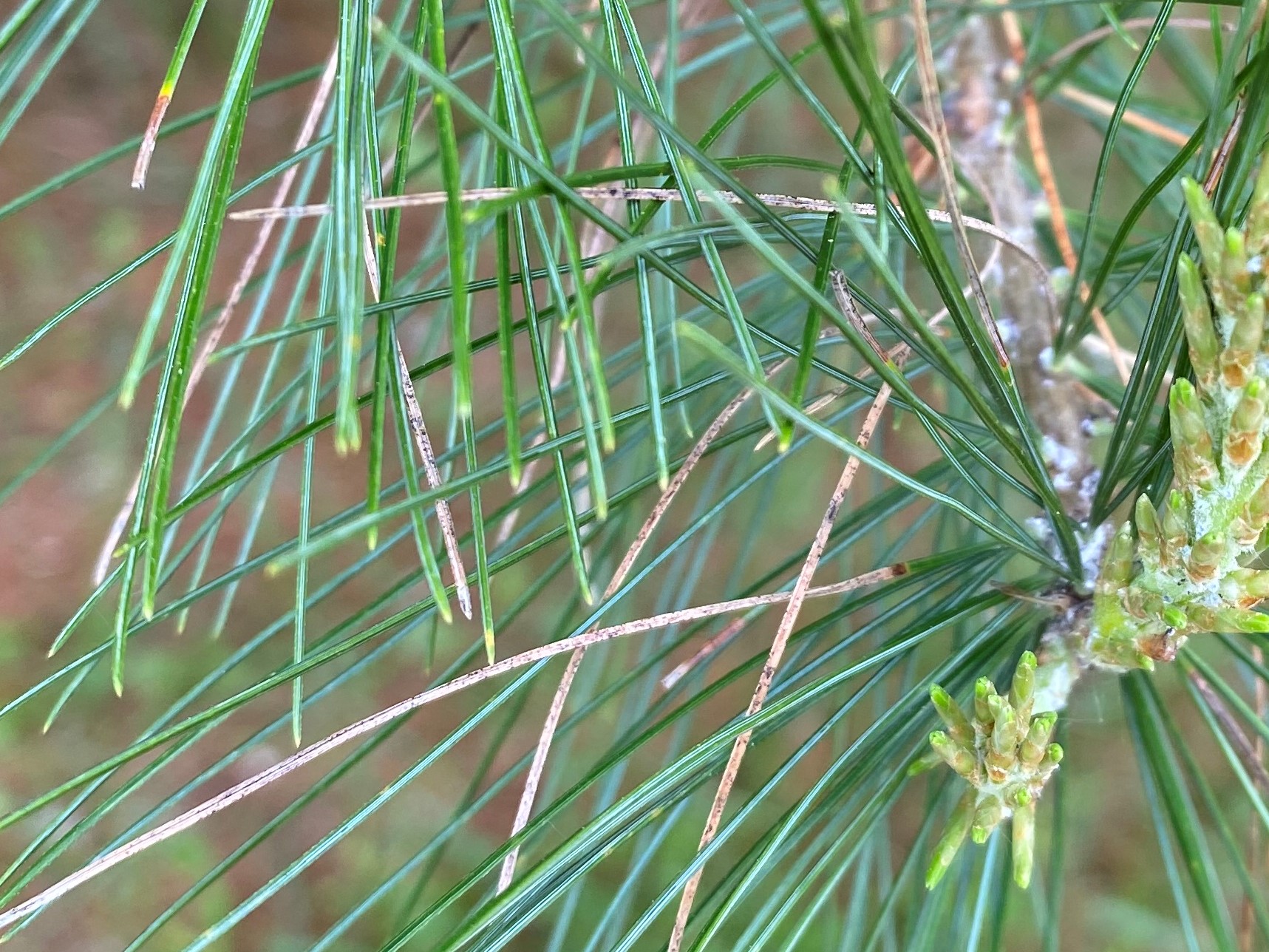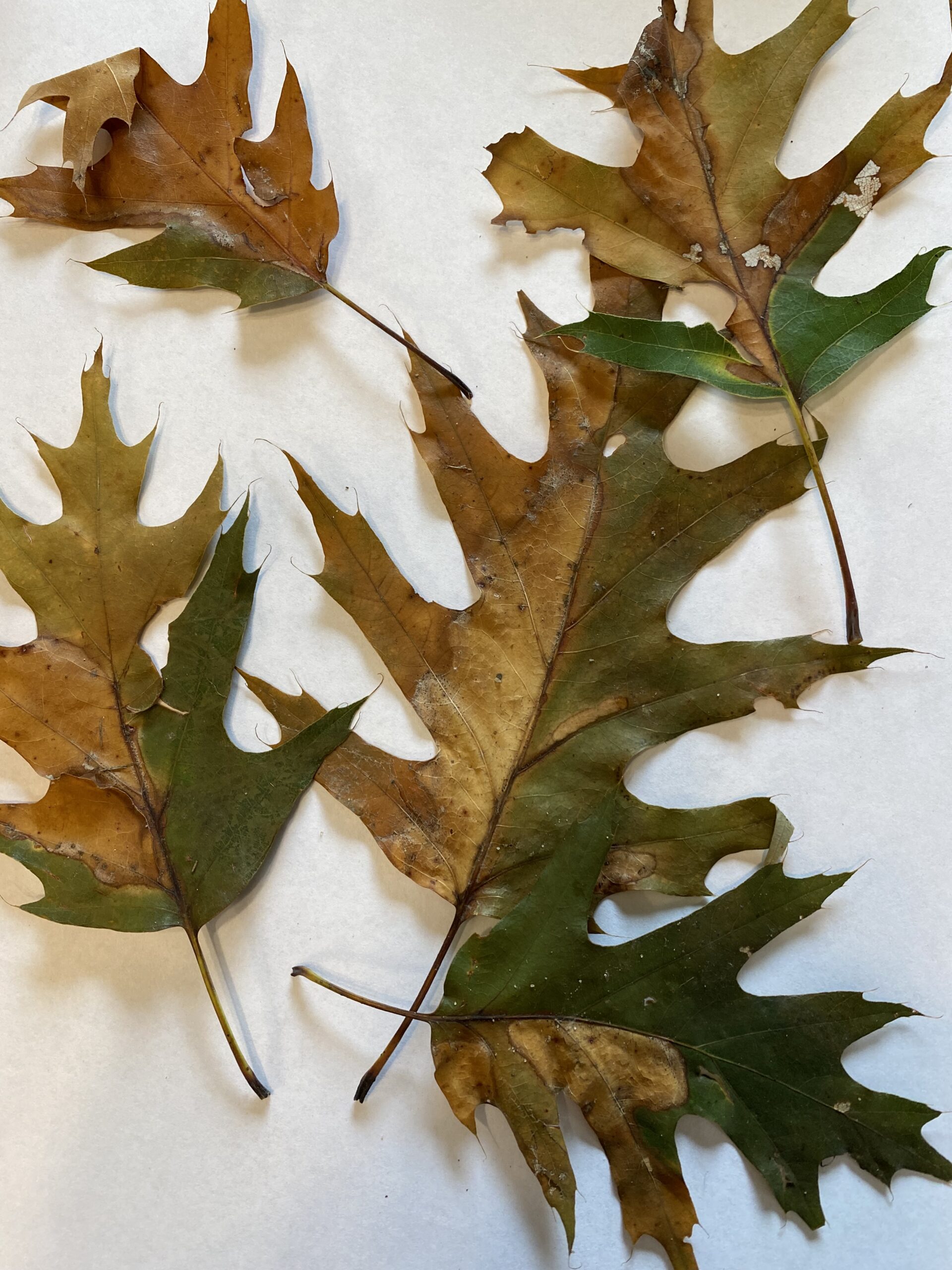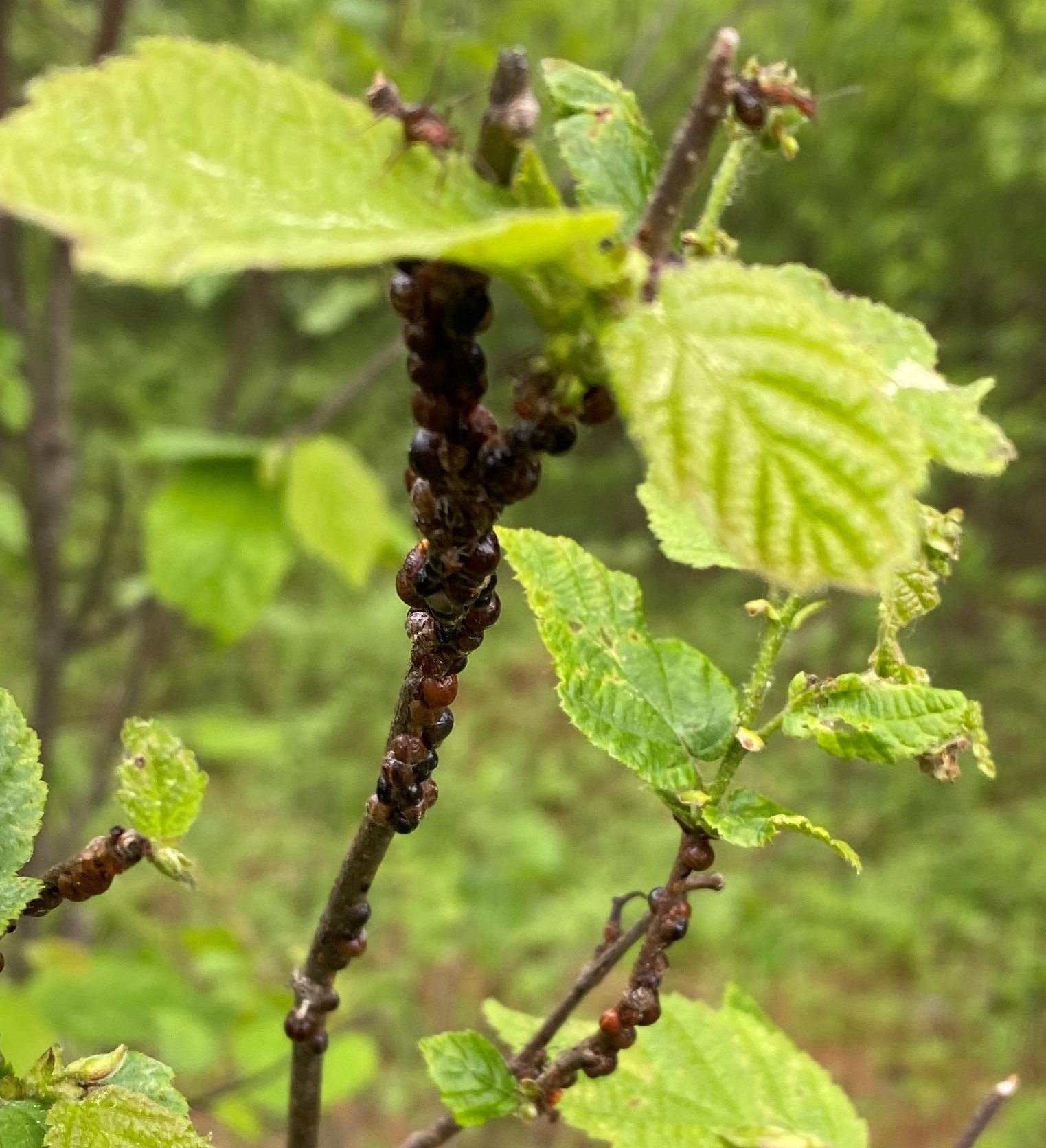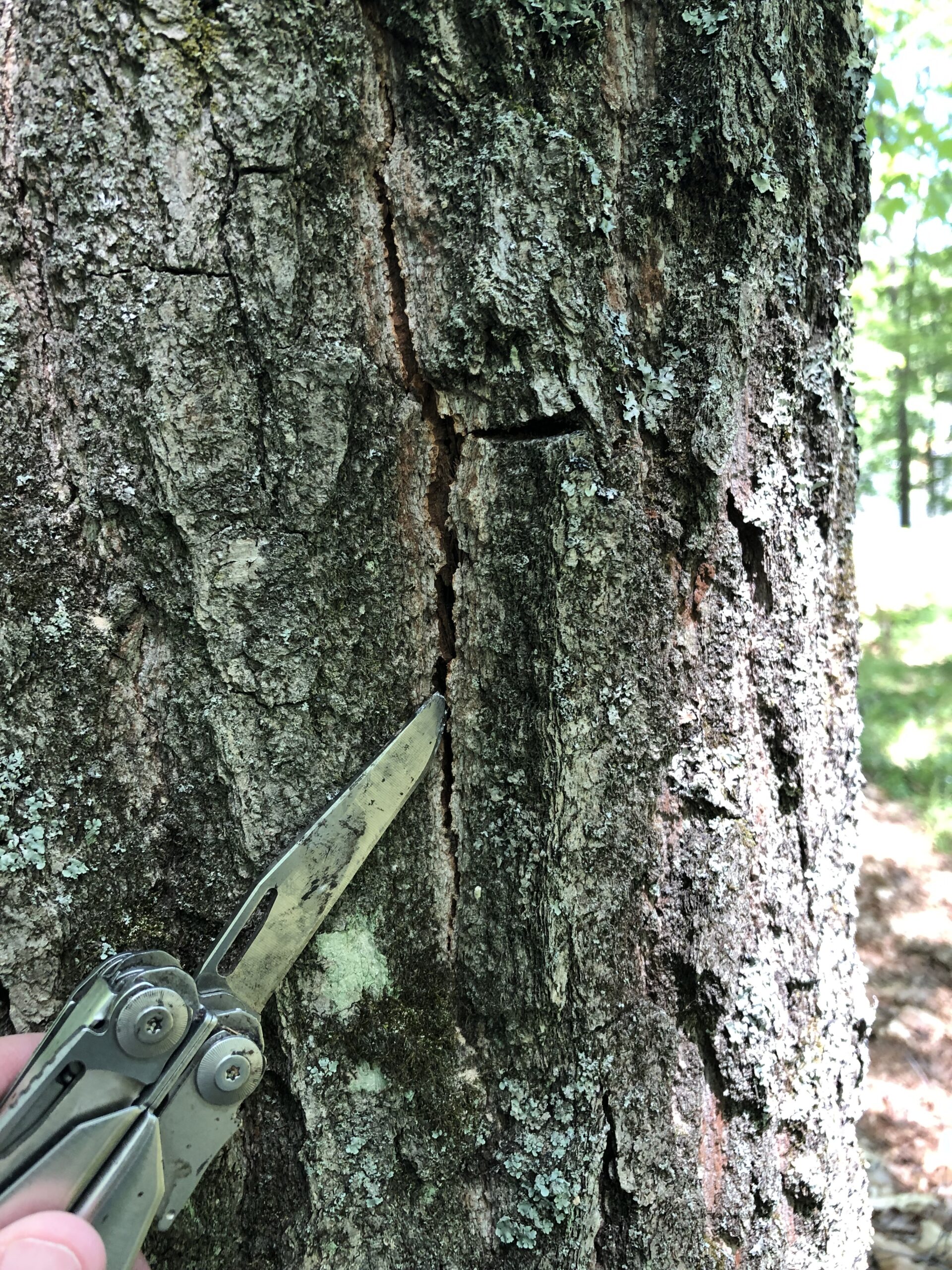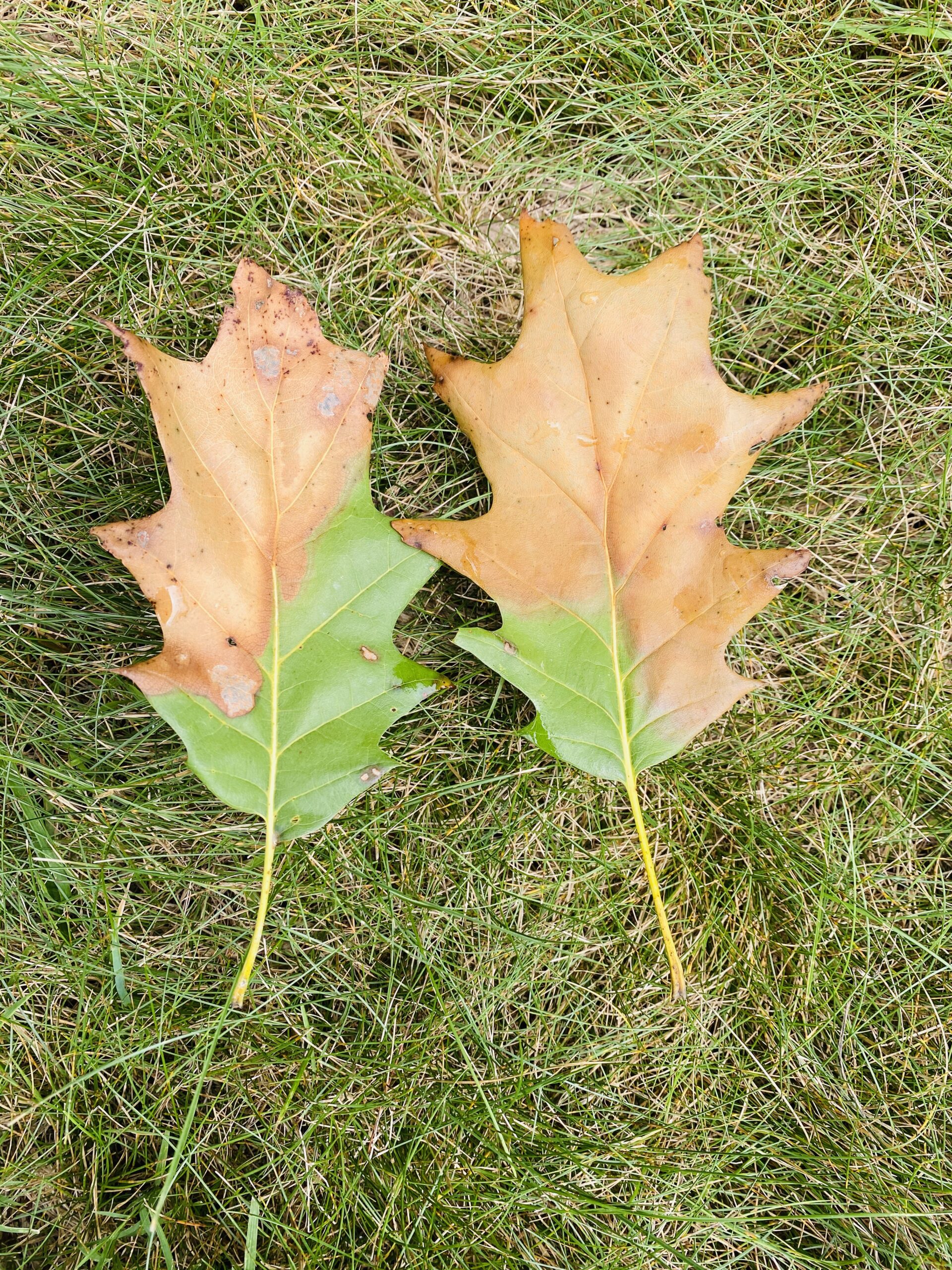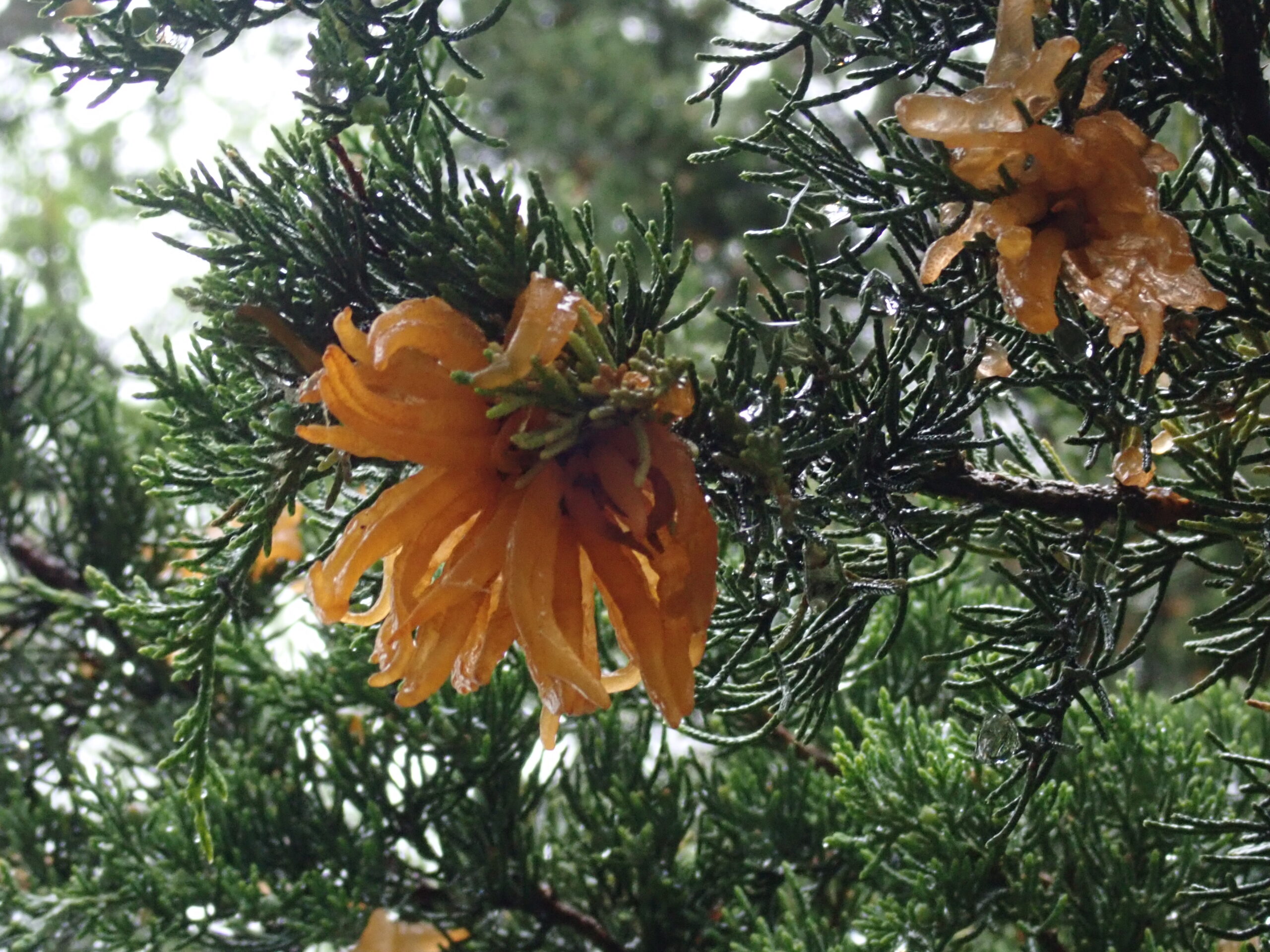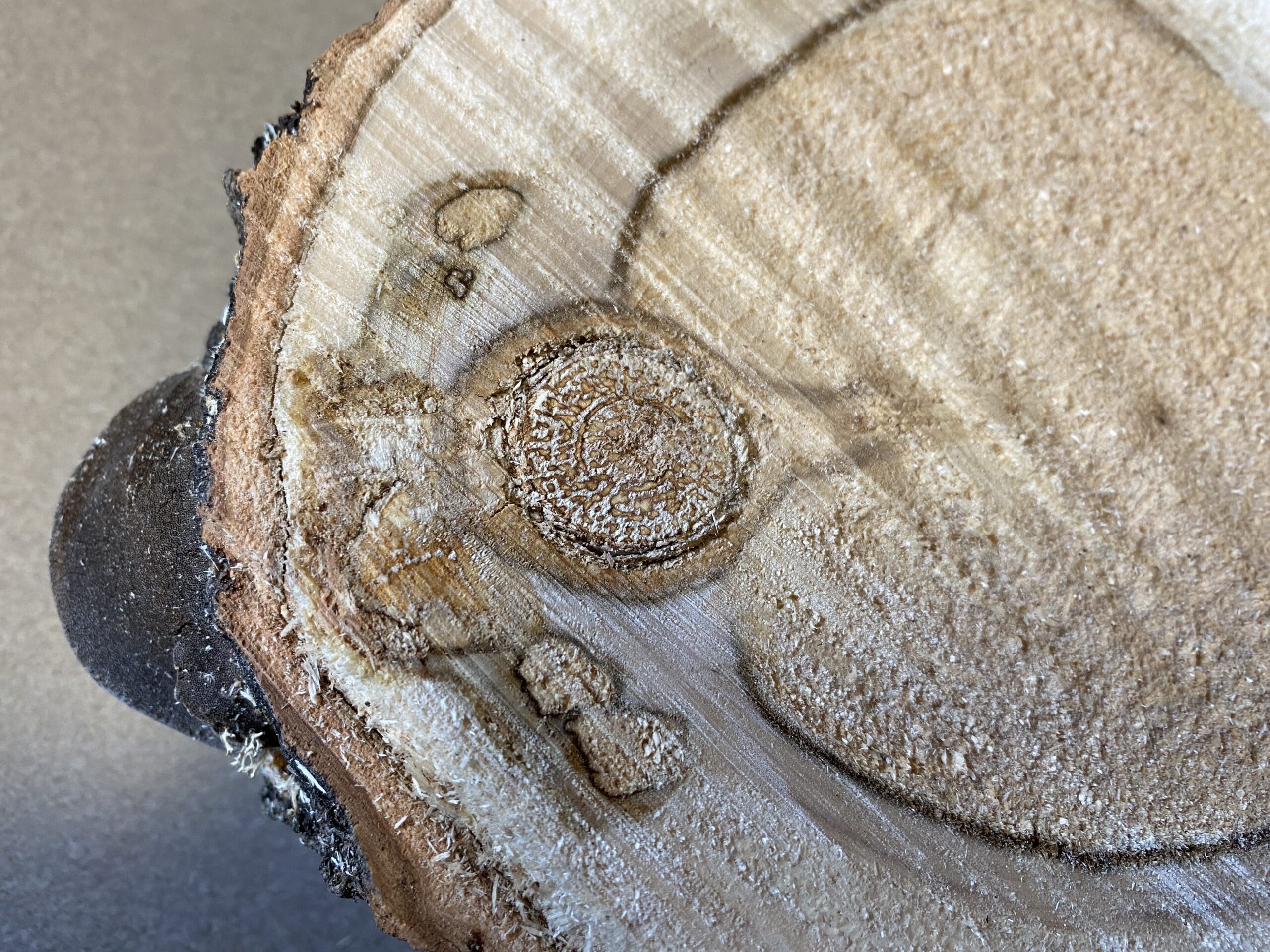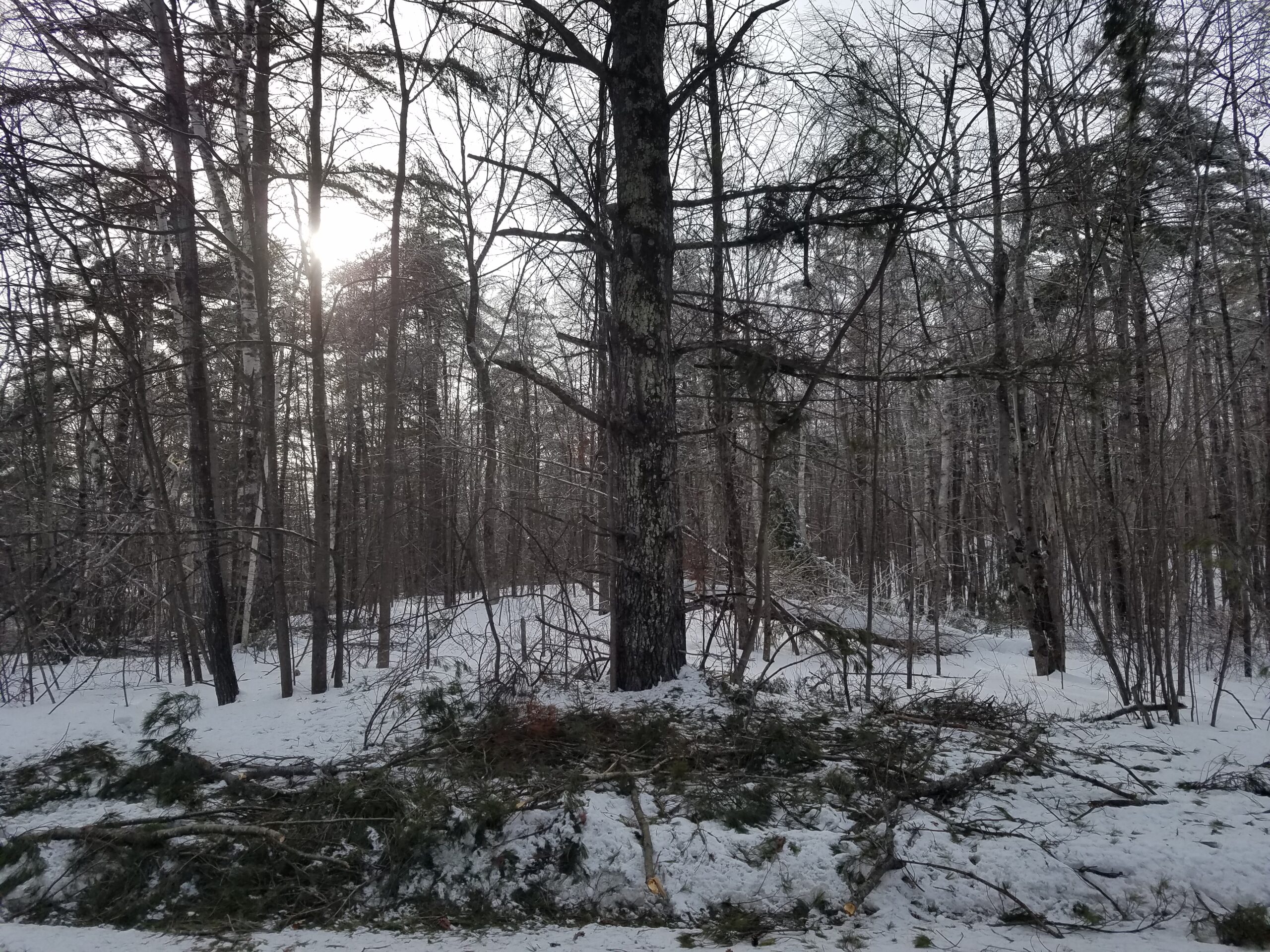By Michael Hillstrom, DNR Forest Health Specialist, Fitchburg, michael.hillstrom@wisconsin.gov
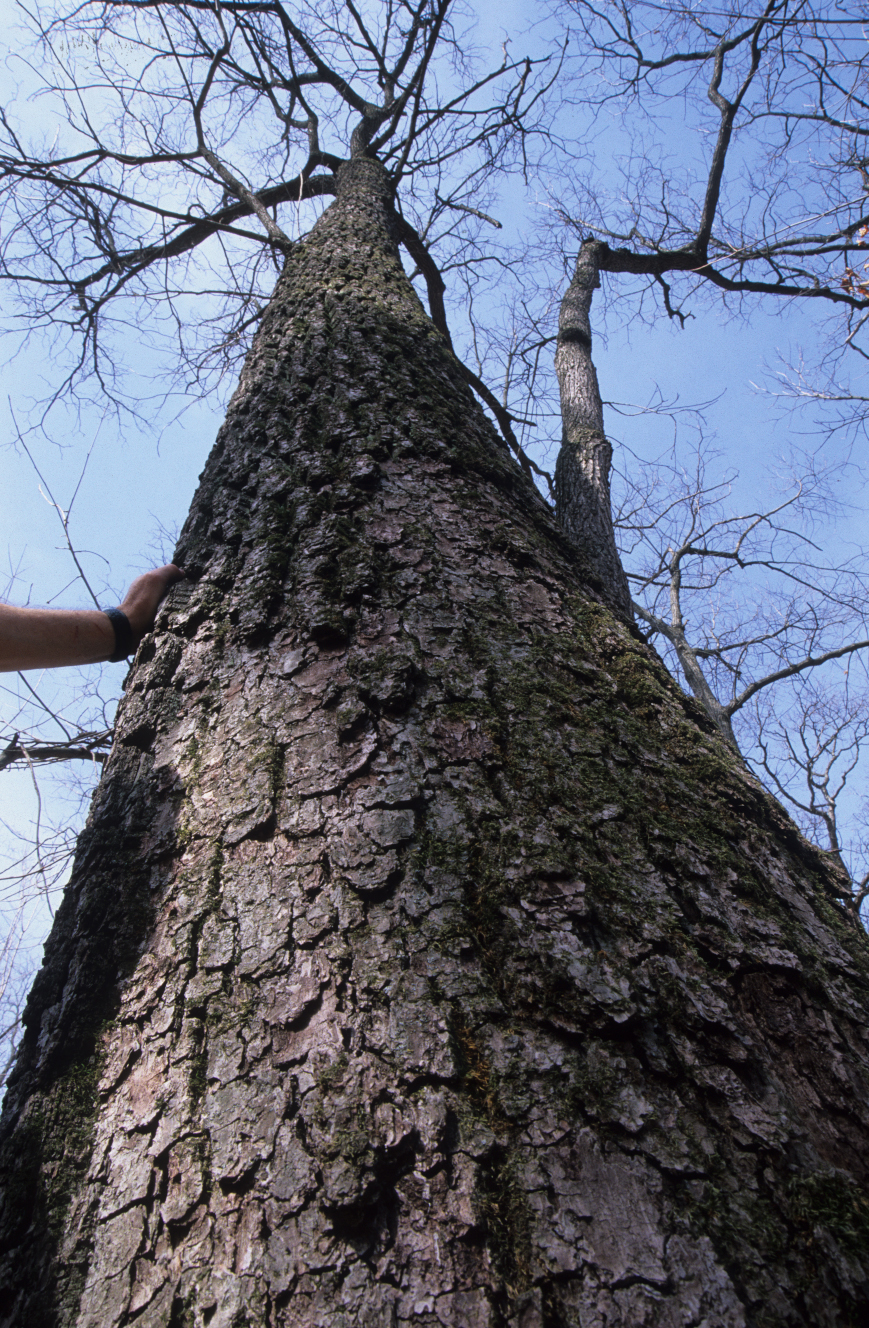
Black walnut is one of Wisconsin’s healthiest, least threatened tree species. Photo: Wisconsin DNR
Once in a while, the Wisconsin DNR Forest Health Team gets to deliver good news about an emerging insect or disease issue!
Recent research suggests that thousand cankers disease of walnut is not the threat we initially feared when cases appeared for the first time in the eastern U.S. in 2010. Thousand cankers disease is caused by walnut twig beetles carrying a fungal pathogen. The disease has yet to be detected in Wisconsin.
Following its arrival in the eastern United States, the insect’s populations declined. Many stressed urban trees recovered after drought conditions subsided in the impacted areas, and forest trees have fared even better than their urban counterparts. Additionally, walnut twig beetles don’t enjoy Wisconsin winters, as mortality begins in the low single digits Fahrenheit. Perhaps this is why we have not yet found the walnut twig beetle in Wisconsin.
Continue reading “Thousand Cankers Disease Update” →


